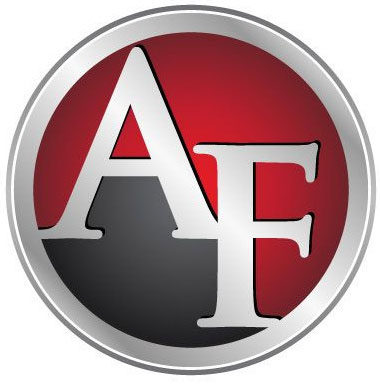When a business is strapped for cash they often turn to factoring accounts receivable as a financing solution. Of course a factoring company expects to earn a profit on the cash advance and charges a fee for their service.
Since the overall goal is improved cash flow, a company considering accounts receivable financing will carefully weigh the benefits against the costs. Here are five ways a business can reduce or offset the cost of factoring and still improve cash flow:
Strategy #1 – Early Payment Discounts
Use the money to take advantage of early payment discounts offered by suppliers and service providers. A standard early payment discount is 2/10 net 30. In this scenario the vendor will provide a 2% discount if the bill is paid within 10 days, with the full amount due in the standard 30 days. While the savings might seem small ($2.00 for every $100), over time it can really add up. It will also help offset the discount fee charged by factoring companies. If you don’t see an early pay discount on the invoice, then ask!
Strategy #2 – Bulk Purchasing
A supplier will often provide a reduced price for bulk purchases. If you can order 500 widgets for $1.00 each or 1,000 for $0.75 each it makes sense to take advantage of bulk pricing since this can equate to a savings of 25%, or more. Just be sure to purchase items the company is certain to need and utilize.
Strategy #3 – Target Fast Paying Customers
Time is Money and the length of time it takes a customer to pay on the invoice has a direct relation to the cost of factoring. The discount fee charged by the factoring company goes up the longer it takes your customer to pay. By targeting invoices with customers that normally pay quickly a company can reduce their factoring cost.
Strategy #4 – Delay Invoice Submission
Another way to make the “Time is Money” principal work for your business is to first age the invoices for 10-20 days before submitting to the factoring company for a cash advance. Even customers that typically pay in 45 days can be turned into 30-day customers by first aging the invoice for 15 days prior to factoring. Policies on this strategy can vary by factor so discuss the parameters upfront.
Strategy #5 – Increase Growth and Profit
If a company can increase profits by an amount greater than the cost of factoring it can make economic sense to consider this business financing option. An increase in working capital can provide the funds it takes to accept and fill another order. Additionally, it can contribute to increased profit margins since many overhead costs are fixed and may not incrementally increase with the cost of goods.
When a company wants to increase cash flow by factoring accounts receivables the impact of the factoring cost can be greatly minimized. Just be sure to consider these 5 cost reducing strategies that pay close attention to the timing of invoices and how the factoring cash advance is spent.
